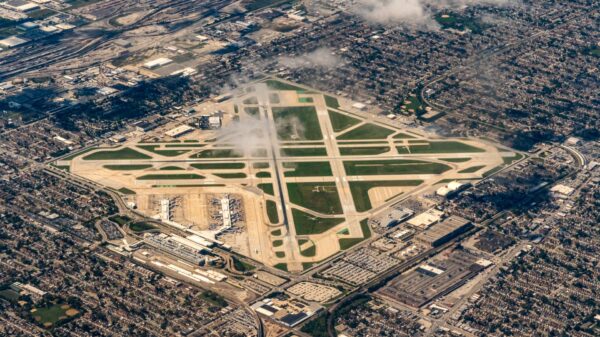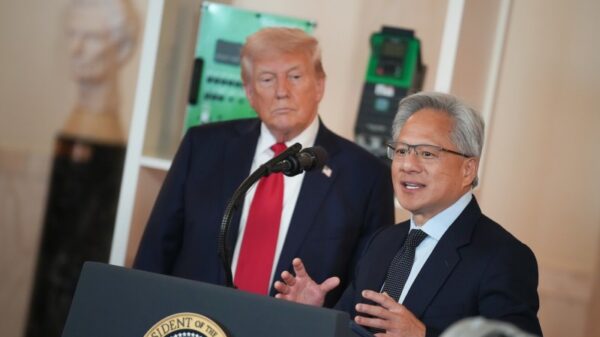Starting from December 26, 2023, the United States will enforce a comprehensive biometric screening process for all foreign visitors. This new policy mandates that non-U.S. citizens undergo fingerprinting, photography, and facial recognition scans upon both entering and exiting the country. The initiative, announced by the Department of Homeland Security (DHS), aims to enhance border security and streamline the monitoring of foreign nationals.
The biometric data collection will apply to every individual classified as a non-citizen, including tourists, temporary workers, and even children. The DHS describes this policy as a critical component of its broader strategy to establish an integrated biometric entry and exit system. This system will allow authorities to compare data gathered at arrival and departure points, significantly bolstering national security measures.
According to the official DHS statement, “Implementing an integrated biometric entry and exit system that compares data collected upon arrival with data obtained upon departure will help address national security concerns.” The department believes that this approach will not only improve the tracking of individuals entering and leaving the country but will also aid in reducing visa overstays and identifying those using fraudulent identities.
Changes at Border Checkpoints
Previously, biometric data collection primarily occurred upon entry into the U.S. The new regulation will extend these procedures to include checks upon departure. This marks a significant shift in border surveillance practices for both the United States and countries like Mexico. Facial recognition technology will capture images of foreign visitors as they navigate through airports, seaports, and land borders. Depending on the circumstances, border officials may also collect fingerprints and other biometric identifiers.
The government outlines several key objectives for implementing this system. It aims to confirm each traveler’s identity, verify that individuals depart within the stipulated time frame of their visa, and identify counterfeit documents or cases of identity theft. The DHS has already tested facial recognition technology at international airports, reporting that over 300 million travelers have utilized these systems. This has led to the detection of thousands of individuals with fraudulent identification or irregular immigration status.
Concerns Over Privacy and Surveillance
While the DHS promotes the security benefits of this biometric system, concerns regarding privacy and data protection have been raised. Kate Lincoln-Goldfinch, an immigration attorney and civil rights advocate based in Austin, Texas, argues that this new regulation represents a significant shift in border policy and biometric surveillance. She contends, “When biometric data is collected both upon entry and exit, we are entering a new paradigm of surveillance that requires active legal oversight.”
Lincoln-Goldfinch emphasizes the necessity for families to understand how their biometric data will be handled, including how long it will be retained and who will have access to it. She calls for transparency from the DHS, advocating for constitutional protections and minimal disruption to lawful travel. Her stance is that the government must not treat all non-citizens equally without assessing individual circumstances.
Privacy advocates warn that the establishment of extensive biometric databases could pose risks of hacking or misuse, particularly if the data is mishandled. Additionally, there is a concern that facial recognition technology may yield higher error rates among specific ethnic groups. Conversely, supporters argue that such biometric systems can enhance travel efficiency, aligning with practices already in place across various regions in Europe, Asia, and Latin America.
The overarching goal is to create a more secure and efficient migration system. Nevertheless, civil rights organizations caution that the United States might be entering a new era of extensive digital surveillance. As this biometric system develops, the tension between privacy and security is likely to intensify, shaping the future of international travel for millions. The government’s ability to navigate this balance will play a crucial role in determining how individuals experience travel in the coming years.







































































